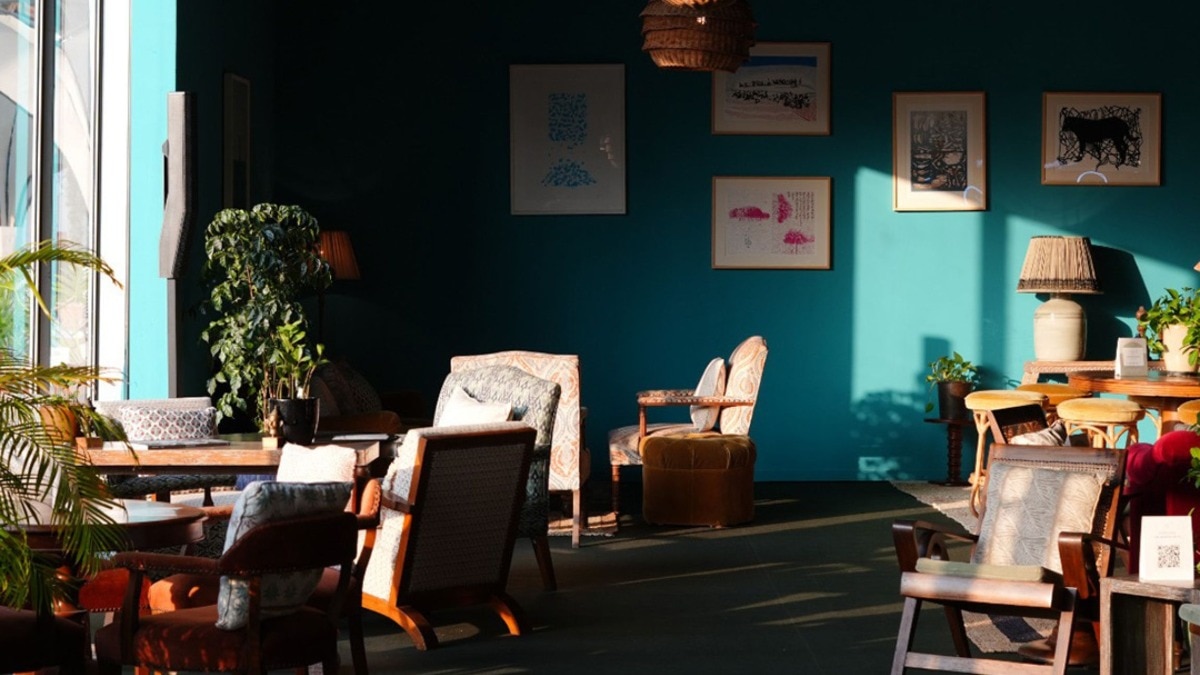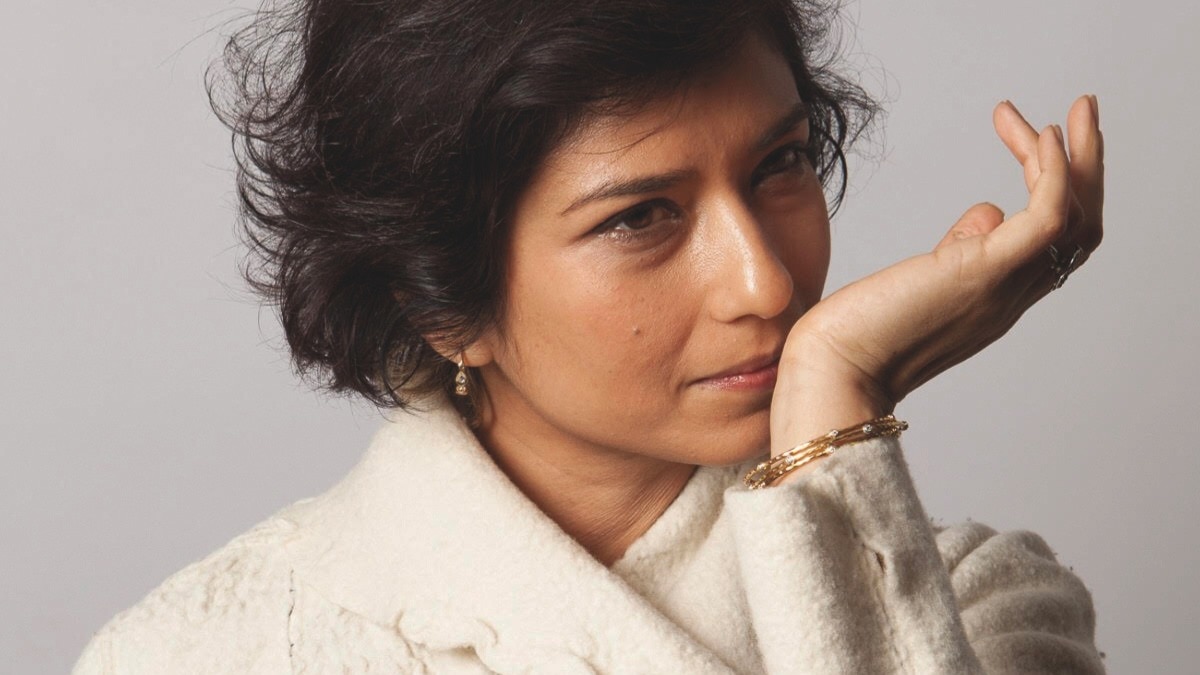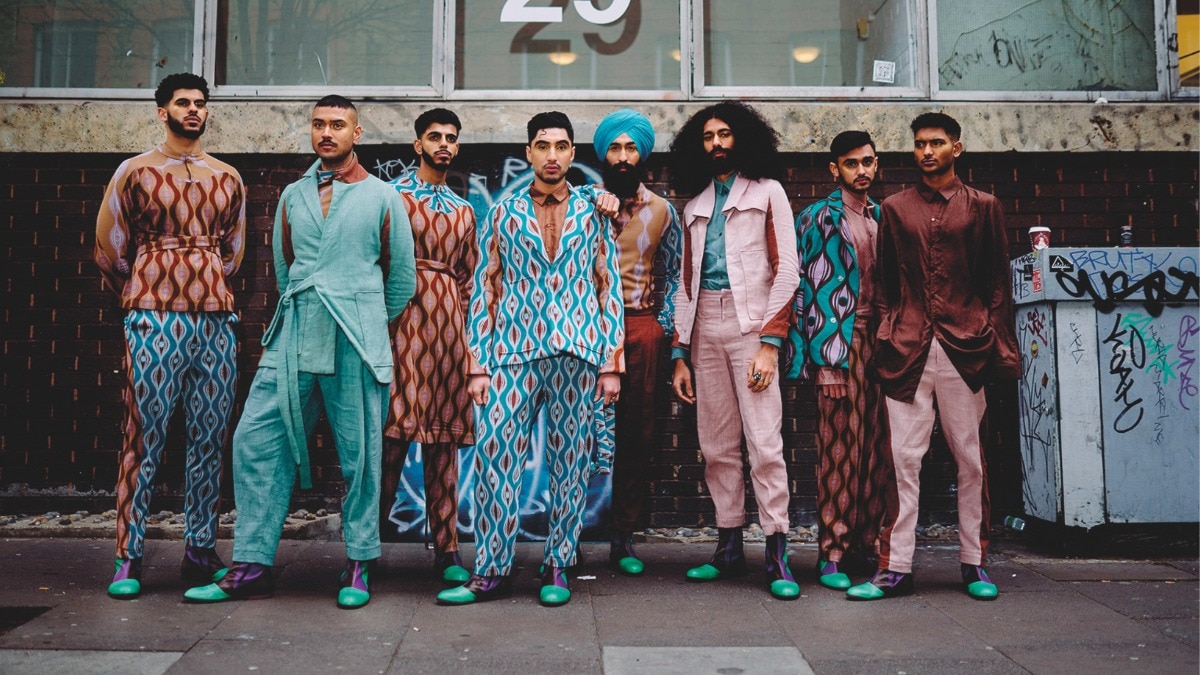
Celebrating 120 Years of The Taj Mahal Palace, Mumbai
The hotel’s remarkable journey is one filled with dreams, history, victory, and the penchant to chase excellence, as it cements its reputation as a world-class haven.


From the moment it first opened its doors, over a century ago, the Taj Mahal Palace, Mumbai has been a living, breathing institution. So much so that this landmark is, today, a prominent tourist spot for anyone visiting the ‘City of Dreams’ for the first time; or anyone who wants to experience this grand monument of vision brought to life by the pioneer that was Sir Jamsetji N Tata on this very day, 120 years ago. Built 20 years before the Gateway of India, the hotel—over 12 long decades—has indeed come a long way from being the first sight for ships calling at the Bombay Port (imagine witnessing the iconic red dome, standing tall, amidst all its glory, above the port as you’re welcomed to the hustle and bustle of the metropolis) to gracing the city’s skyline and cementing its reputation as a world-class haven, that blends remarkable success and heritage.
With the hotel all set to welcome its esteemed guests and patrons to celebrate the landmark occasion over a Black-Tie Charity Ball tomorrow, we cast our eyes back to its beginning—how the hotel scripted its name into history books, the luminaries that walked through its doors, it becoming a global symbol for the city of Mumbai, and a fitting embodiment of all that Indian hospitality and tourism stand for, that celebrates its 120th anniversary.
A dream built into reality

Sir Jamsetji N Tata was a legend who dared to dream. And dream he did, as the Taj Mahal Palace, Mumbai—built at £500,000 (₹5.22 crore)—opened its doors to its first 17 guests on December 16, 1903. While the design was the brainchild of two Indian architects—Sitaram Khanderao Vaidya and DN Mirza, it was the Englishman WA Chambers, who completed the project.
Providing comfort and convenience at its best, the property was way ahead of its time right from day one. It had an electric power plant installed in the garden to supply electricity to the lights, and four electric lifts to begin with, along with a backup system in the event of a power failure (Mr Tata was talking no chances). Amongst the many "latest arrangements and contrivances" was an air-conditioning system in their suites (the very first in Asia) that was made possible thanks to a carbon dioxide ice-making plant that made 15 tons of ice every single day.
In its quest to provide the very best in luxury, the Taj Mahal Palace, Mumbai boasted 30 private suite apartments, 350 rooms adorned with electric lights, fans, bells, irons, clocks, a power laundry, a chemist's shop, a resident doctor, a Turkish bath, and advanced sanitation that pampered every visitor.
Woven tales amidst the design and architecture

It’s not just the suites, the many rooms, and the corridors—the entire structure in itself is a sight to behold. And one of immense significance to the Indian Navy, is the 240-foot-hight central dome of the Taj, which serves as an official daytime triangulation of ships of the Indian Navy that fix their positions by taking bearings on Middle Ground and the dome. Add to that, Jamsetji Tata being a visionary, his influence saw the Taj Mahal Palace, Mumbai continue to raise the bar for its architecture and ambiance. Heavily inspired by the Eiffel Tower, he, after a trip to Paris, ordered 10 pillars made from the same steel for the Ballroom. Such was the legend’s attention to detail. Decades may have passed, but the standards remain the same as the Taj Mahal Palace, Mumbai has incorporated a myriad of artistic styles and tastes. Today, there are over 4000 pieces which are part of a diverse collection of paintings and works of art including the crystal chandeliers in the Crystal Room gifted by Rati Petit (wife of Mohammed Ali Jinnah), Belgian chandeliers, Anglo-Indian inlaid chairs and tables, Goan-Christian artifacts, and Mughal-inspired Jali designs to name a few.
The Taj and its many firsts

In the tapestry of its trailblazing legacy, the Taj Mahal Palace, Mumbai has woven countless "firsts" that resonate through time. Over its 120 year-legacy, one would find a piece of history in every nook and corner of this world-class hotel. The city’s very first licensed bar—the Harbour Bar, which holds bar license No. 1 (along with license numbers 2, 3, 4, and 5) was a place where JRD Tata would spend every Saturday afternoon. Along with his sister, the two always sat at the same corner table as they conversed in French over a gimlet, a fresh fruit juice, and some scrumptious recipes from the Golden Dragon next door. the Taj Mahal Palace, Mumbai was also home to the country’s very first discotheque that raised the bar for entertainment through live classical orchestras, British Regiment Bands, and jazz groups amongst others. It was also the venue where French couturier, Pierre Cardin held his very first fashion show in the Ballroom. The year 1973 was one to remember for the Taj Mahal Palace, Mumbai as Shamiana became Inda’s first all-day dining restaurant.
A legacy that keeps growing in size and stature

Another remarkable first and sensational feat took place in 1960 when a sixth floor was inserted in between the fifth floor and the roof, making the Taj Mahal Palace, Mumbai the only building at the time to grow in the number of floors but not in its overall height.

The year 1973 witnessed the Taj Mahal Tower—an architectural L-shaped marvel comprising 23 stories of arches and balconies, inspired by the Victory of Chittor—being created. While it was no easy feat to stand beside the iconic heritage building that the Taj Mahal Palace is, the Taj Mahal Tower worked beautifully in sync with the original and soon became a landmark structure in itself.
A hotel that is as great as its guests

Right from maharajas, to kings, presidents, politicians and more, the list of luminaries who have been hosted at the Taj Mahal Palace, Mumbai and walked through its doors into a haven of grandeur remains unmatched. Be it the Indian Freedom movement that saw Mohamed Ali Jinnah and Sarojini Naidu both hold suites to Margaret Thatcher, King Charles III, the Obamas, William and Kate, the Prince of Morocco, Oprah Winfrey, Brad Pitt and Angelina Jolie, Madonna, and Tim Cook, to name a few, each one of them has found a home here with their own story to tell.

Amongst the many that stand out are Gregory Peck and George Harrison. Legend has it that carpenters had to customize the actor’s bed due to his 6’3” height ensuring that he slept in the lap of luxury. On the other hand, Harrison—at the height of his fame with the Beatles—checked in with his wife during a trip back in September 1966 under the names of ‘Mr. and Mrs. Sam Wells’ to avoid any attention.
Pulling out all stops for an exceptional experience
Cut to the present day and preparations for the Taj Mahal Palace, Mumbai 120th anniversary are in full swing. The hotel, on the 17th of this month, welcomes the crème de la crème of the city to a Black-Tie Charity Ball—a grand celebration filled with music, entertainment, and delectable cuisine. Along with a performance by the Shillong Chamber Choir, the evening will also witness a light and sound show at the poolside, a fashion show curated by Designer Gaurang Shah, who will showcase weaves over the 12 decades and also introduce the commemorative edition of the Taj Magazine, celebrating the landmark occasion of 120 years.
And just as the Taj Mahal Palace, Mumbai opened its doors to its first 17 guests on December 16, 1903, the upcoming celebrations shall be just the same in what shall be an event to remember as the the Taj Mahal Palace, Mumbai successes in its endeavour to curate exceptional and unmatched experiences that keeps their legacy intact.










